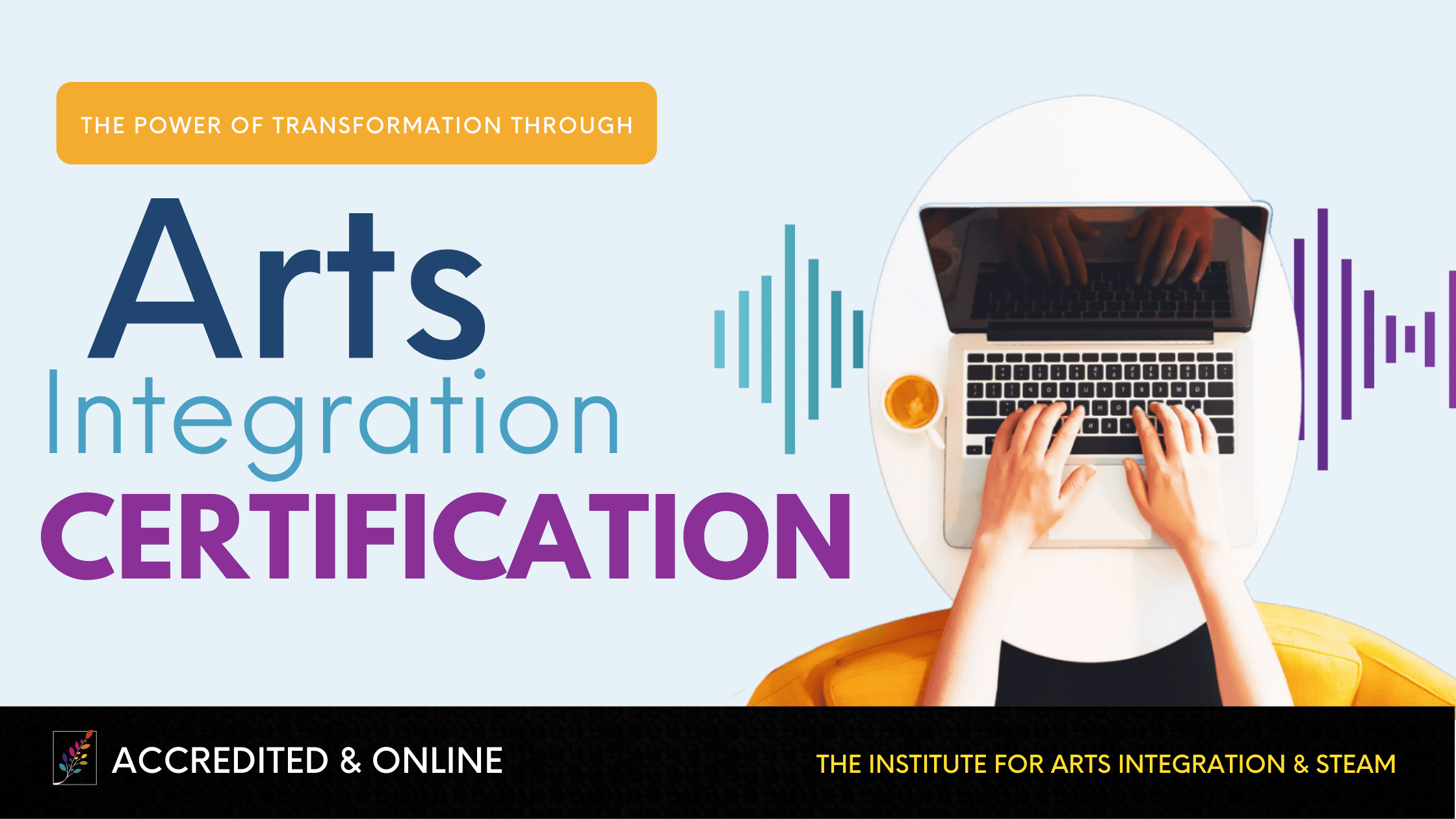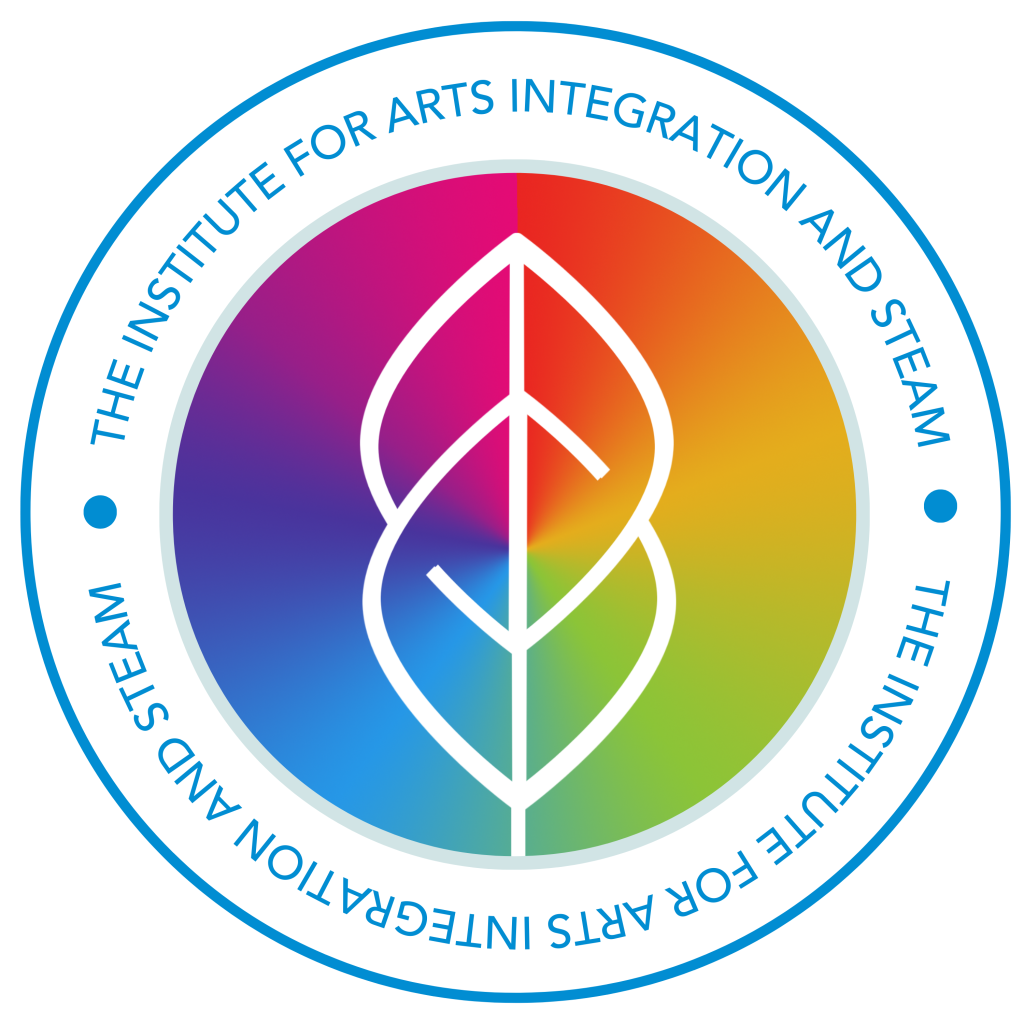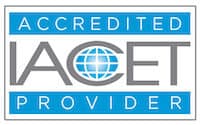Learning Math From a Different (Art) Angle
2 Min Read • Arts Integration
I have worked with fourth grade content before, but I never taught angles in math. All I could remember was obtuse, acute and right angles. Time for me to review my CCSS for math (and figure out how to fit in cubism.)
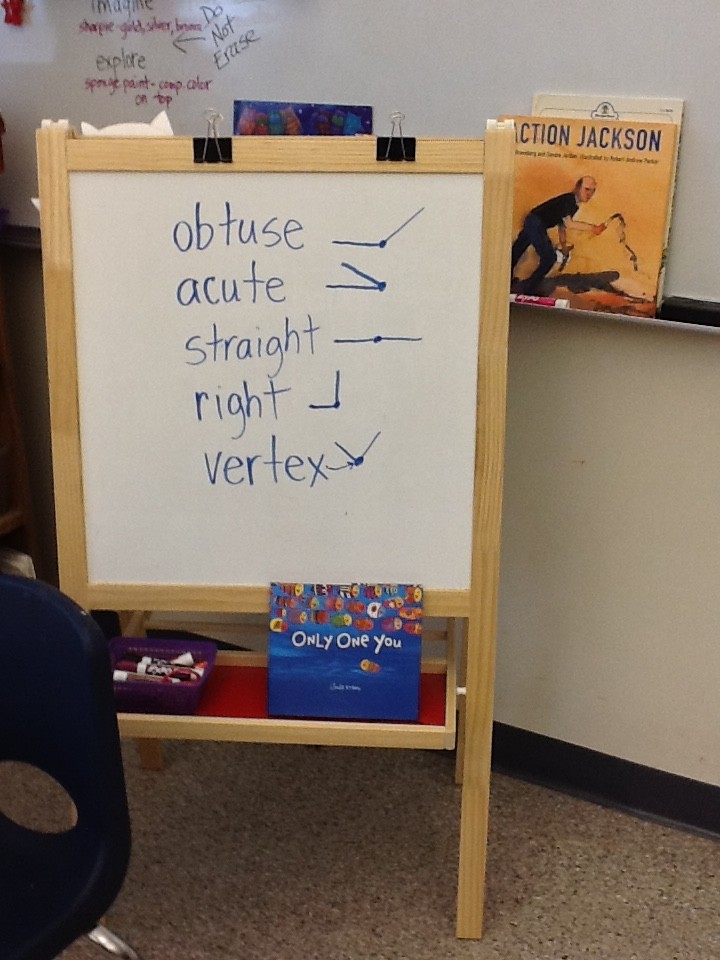
Observing these students at work during their regular math lesson was very useful. I could see how they were applying their knowledge of geometry and how they used protractors. One of the teachers had the brilliant idea to use cubism for our arts integration lessons, known as HOT Blocks. Fabulous!
We decided to review angles, have students look at, learn about and critique cubist art, and then the students would find angles in one of the art works.
Next, the students learned about cubist art, Picasso, and viewed and talked about many of his cubist works. The classroom teachers and I discovered
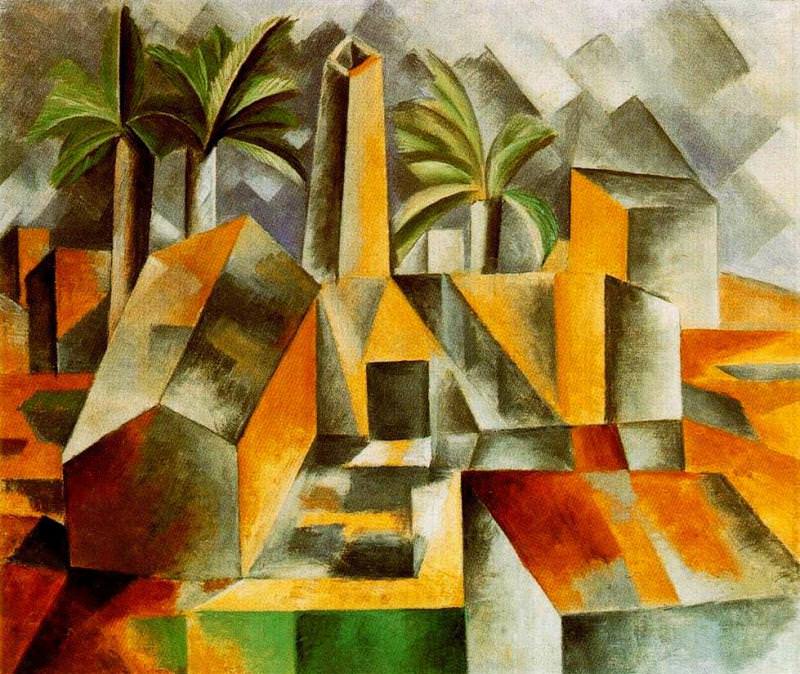
Factory at Horto de Ebro, 1909 by Pablo Picasso
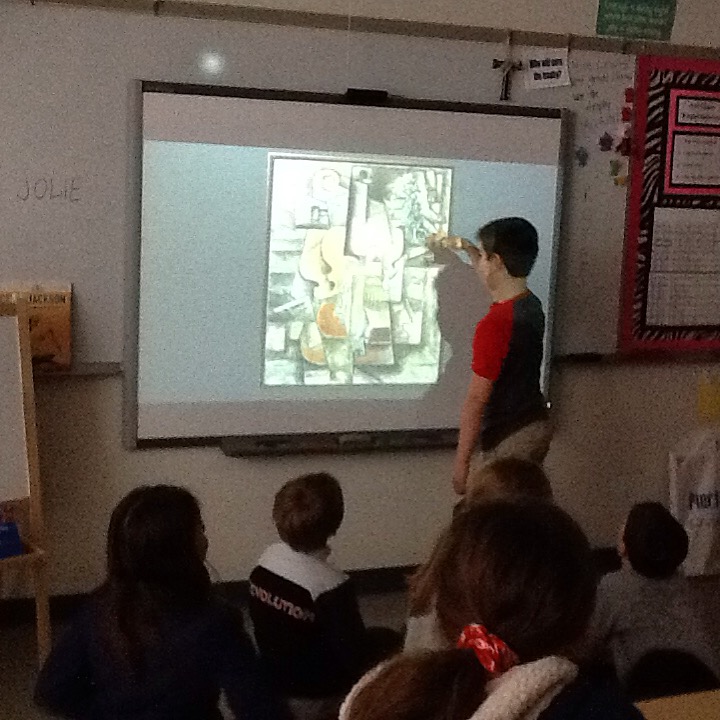
LEARNING MATH THROUGH ART
Here are the Common Core Math and National Arts Standards that we addressed in this lesson:
CCSS: Draw and identify lines and angles, and classify shapes by properties of their lines and angles.
Draw points, lines, line segments, rays, angles (right, acute, obtuse), and perpendicular and parallel lines. Identify these in two-dimensional figures.
Classify two-dimensional figures based on the presence or absence of parallel or perpendicular lines, or the presence or absence of angles of a specified size. Recognize right triangles as a category, and identify right triangles.
Recognize a line of symmetry for a two-dimensional figure as a line across the figure such that the figure can be folded along the line into matching parts. Identify line-symmetric figures and draw lines of symmetry.
Responding: Understanding and evaluating how the arts convey meaning
Anchor Standard #7. Perceive and analyze artistic work.
Anchor Standard #8. Interpret intent and meaning in artistic work.
Anchor Standard #9. Apply criteria to evaluate artistic work.
Connecting:Relating artistic ideas and work with personal meaning and external context.
Anchor Standard #10. Synthesize and relate knowledge and personal experiences to make art.
Students had their own copy of Picasso's Factory at Horto de Ebro to find, measure, color and label different angles. They enjoyed this lesson and reviewed geometry simultaneously! Awesome.
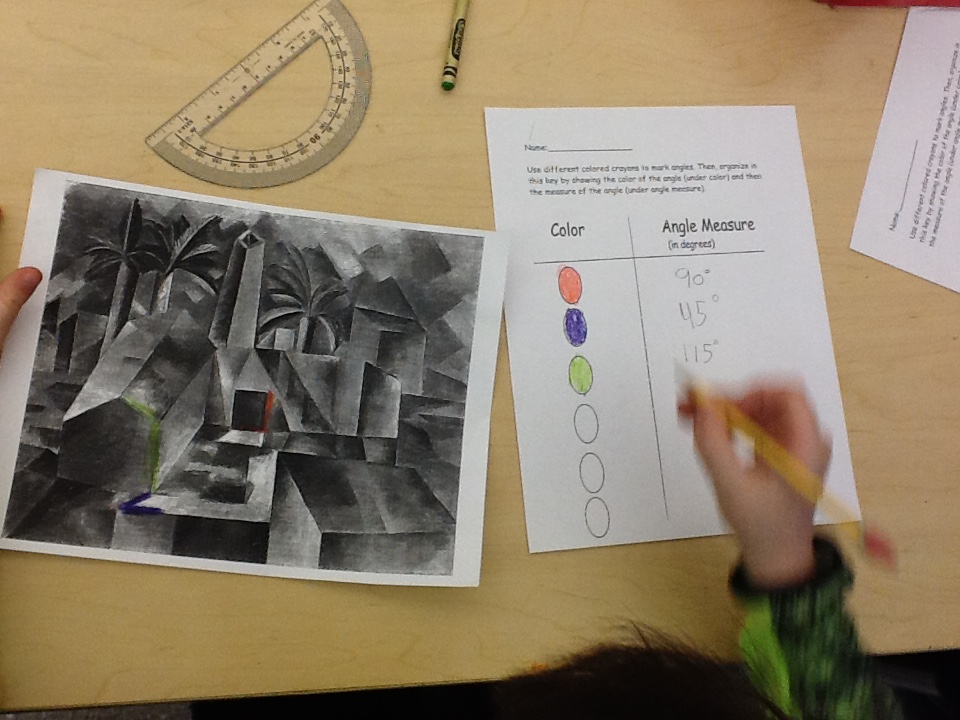
How are you integrating the arts into mathematics? I'd love to find out!
that fourth grade students love talking about abstract art! Pretty cool.

